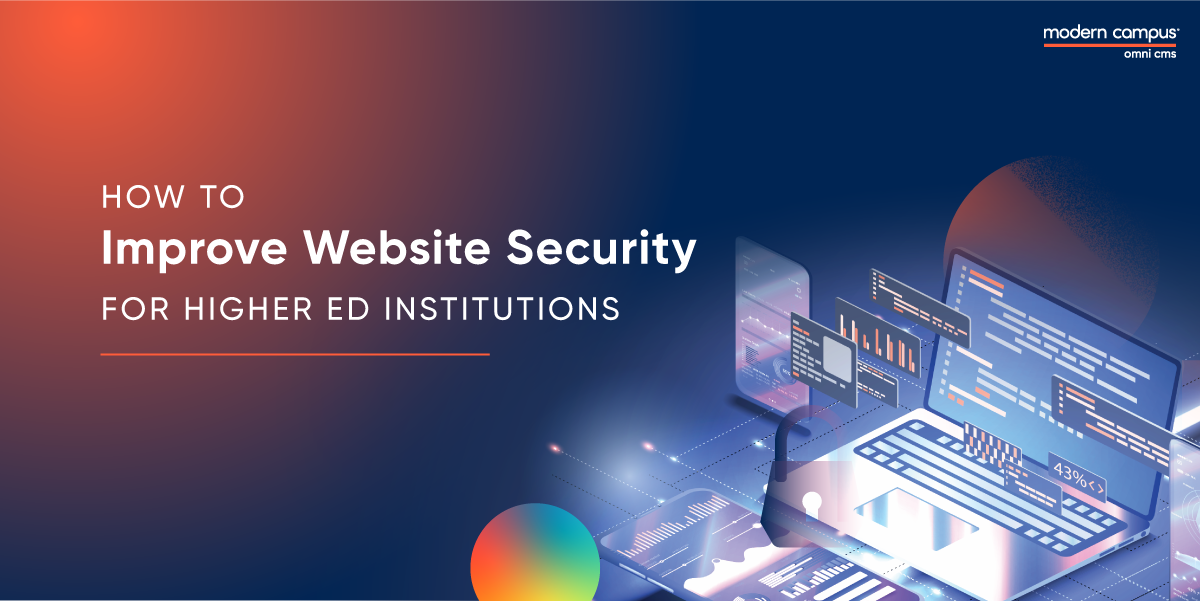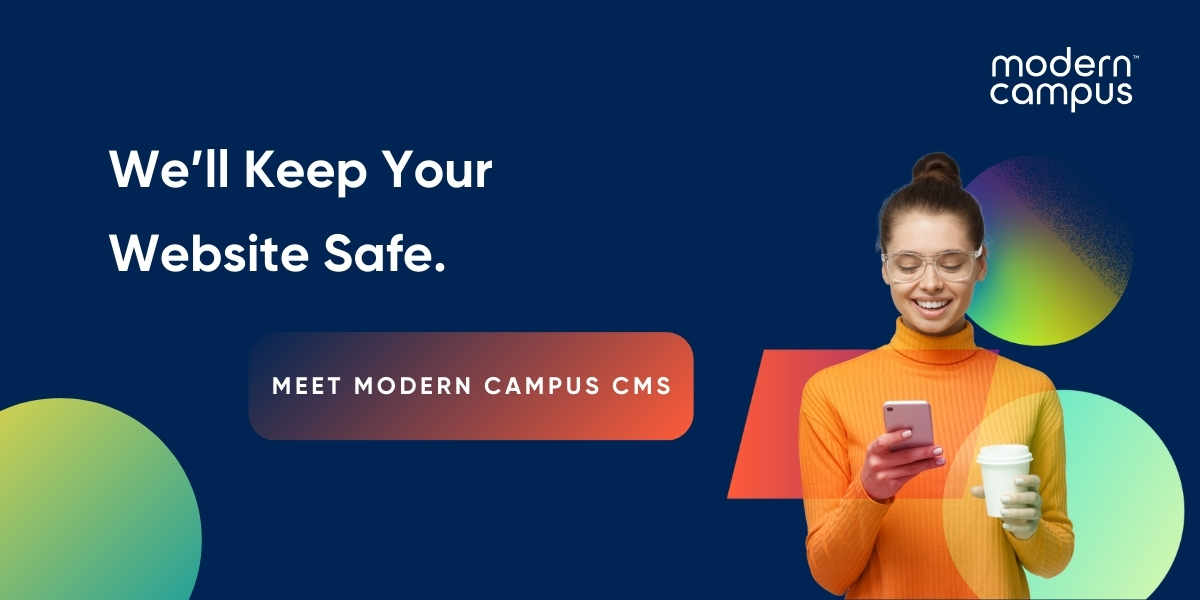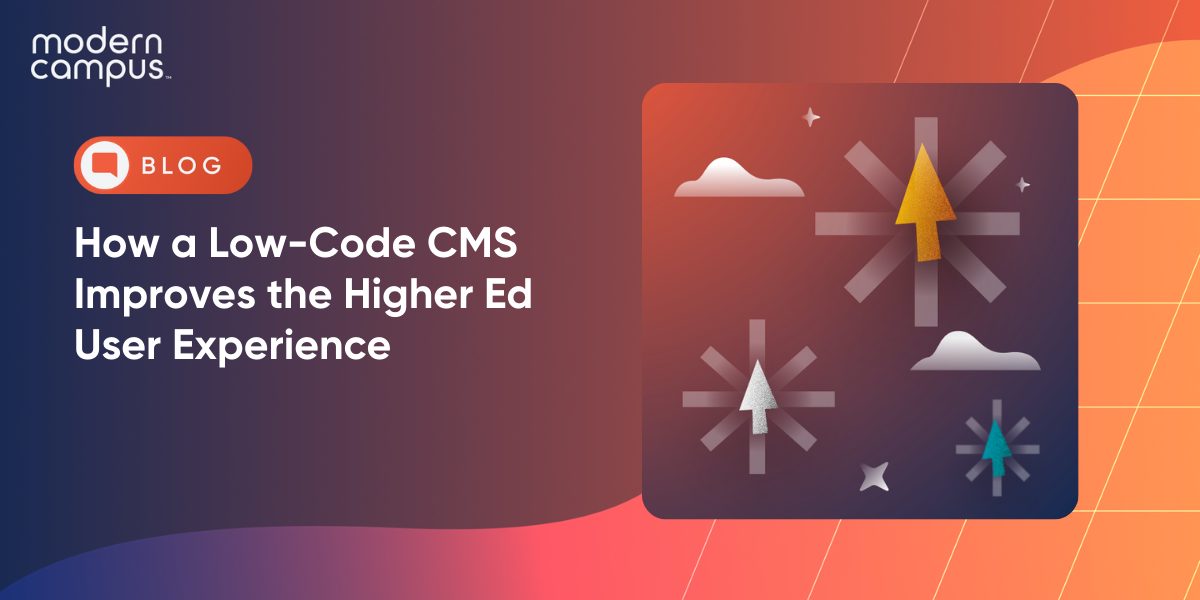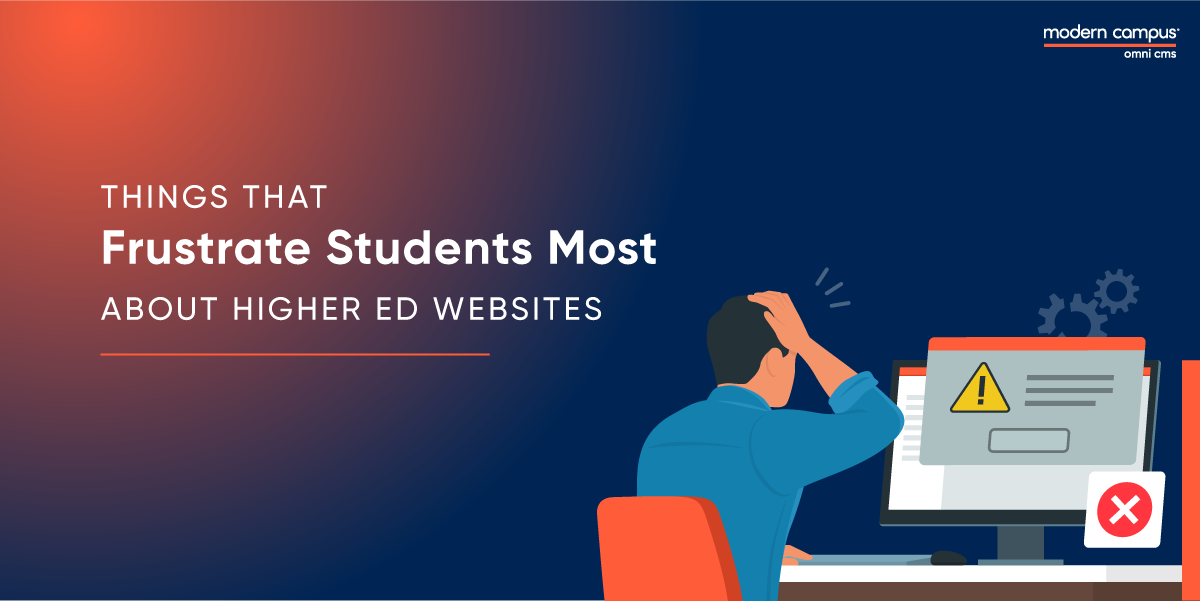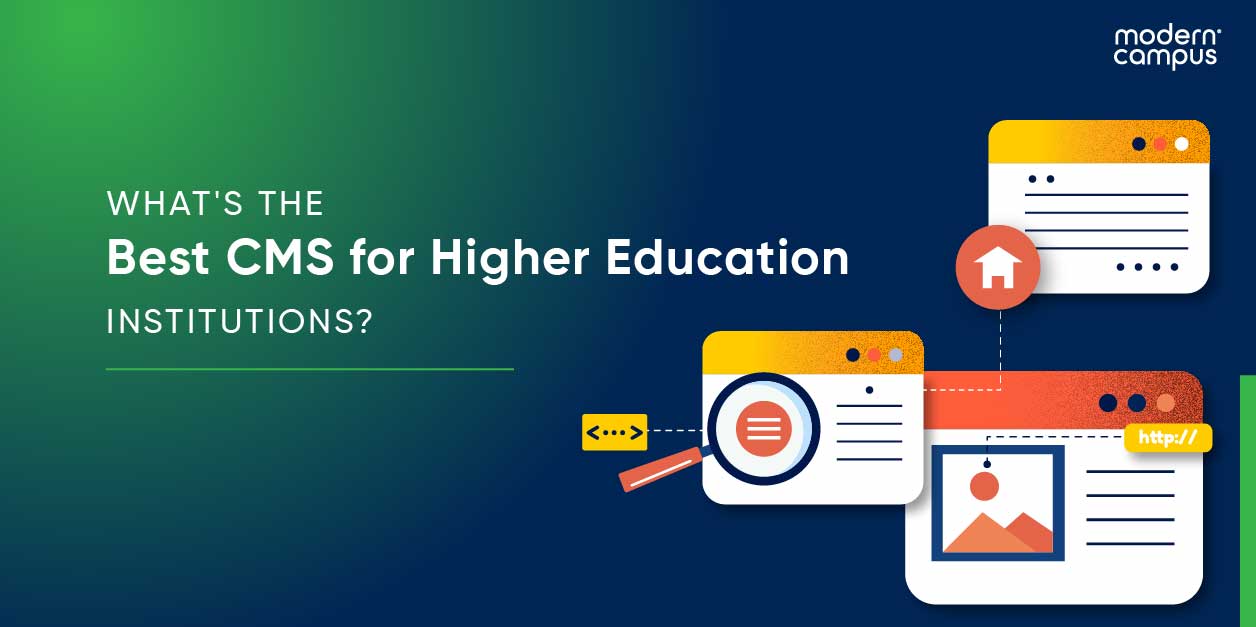How to Improve Website Security for Higher Education Institutions
- Malware attacks against higher education institutions rose by 26% percent in 2022, according to SonicWall's 2023 Cyber Threat Report.
- The educational services sector experienced 1,241 incidents in 2021, with 282 involving confirmed data disclosure, according to Verizon’s 2022 Data Breach Investigations Report.
- Ransomware attacks targeted the education sector more than any other industry in the last year, with 79% of surveyed higher education institutions across the world reporting being hit, according to an annual report from Sophos, a UK-based cybersecurity firm.
- Hackers exploited system vulnerabilities in 4 in 10 higher education ransomware attacks, making them the sector’s most common root issue, according to the same report from Sophos.
As the custodians of vast amounts of personal data, research, and intellectual property, higher education institutions represent prime targets for cyberattacks.
The consequences of these attacks extend beyond the immediate financial losses, impacting the reputation of your institution, the trust of your students and faculty, and the overall academic mission.
Your website's security can be compromised by exploiting weaknesses in either your technology or your personnel, presenting several avenues for potential breaches.
In this article, we’ll discuss how cybercriminals find such vulnerabilities and what essential measures you can take to bolster your cyber resilience.
Ways to Improve Higher Education Institutions’ Cyber Security
The first step towards evaluating and strengthening your institution’s cybersecurity is to analyze the attack surface of the institution, or the entire area of the institution that is susceptible to hacking. It’s made up of all the access points that an unauthorized element could use to enter the system.
The smaller your attack surface, the easier it is to protect your system.
Let’s look at some key access points and ways to strengthen them.
Website Management Software
The software used to build and run a website—including the Content Management System (CMS), plugins, integrations, modules and scripts—can contain vulnerabilities. Hackers exploit these weaknesses to gain unauthorized access and manipulate the website.
CMSs that are open source and not specifically built for higher ed may require extensive modifications, integrations, or additional third-party plugins to meet a higher education website's requirements. If these modifications and integrations have security vulnerabilities, they can become a potential access point for attackers.
A 2022 study reported 33% growth of open-source vulnerabilities.
A proprietary CMS purpose-built for higher education offers features and functionalities tailored to meet the specific requirements of educational institutions. It minimizes the need for extensive modifications, integrations, or reliance on third-party modules, effectively reducing the potential attack surface of your website and enhancing its overall security.
Leading software providers regularly release updates and security patches to ensure the software is secure against the latest sophisticated malware. Regularly updating all software to the latest versions and applying security patches helps minimize vulnerabilities.
Website Hosting Platform
Your website’s security relies heavily on the hosting provider you choose. Whether you opt for self-hosting or managed hosting, it is essential to thoroughly evaluate the provider's specifications, processes and protocols to ensure the safety of your website.
In this case, security is not just about protecting access to your data. It's also about making sure that your service is reliable and that all the right people—your students, staff, faculty, alumni and other stakeholders—can access information any time they need to. Therefore, you want to evaluate your hosting provider’s ability to guarantee specific levels of uptime. It’s also crucial to assess their response times to issues that may arise.
If you go for a trusted CMS provider who manages the hosting as well, you again significantly reduce the attack surface of your higher ed institution. In fact, vendor consolidation is a recommended way of ensuring cyber security as well as scalability. Having fewer but trusted technology partners helps you reduce the risk through multiple third-party access points.
User Roles and Permissions
The higher the number of people who can access your website’s data and functionalities, the more the access points and hence, the wider the attack surface. That's why the principle of least privilege is a critical component of many cybersecurity frameworks. It simply means maintaining strict control of who can access what types of data and functionalities.
By granting access based on specific permissions and roles, you can reduce your institution’s attack surface. This reduces the risk of users accidentally or purposefully engaging in unauthorized activities and compromising the security of your website.
People and Social Engineering
Human error plays a significant role in compromising website security. Staff, faculty or students may fall victim to phishing attacks, leading to unauthorized access or data breaches.
Social engineering is a deceptive tactic cybercriminals employ to manipulate people into revealing sensitive information or performing actions that help them break into your system. This psychological manipulation targets human emotions and trust, often through phishing emails, pretexting or impersonation.
Prioritizing regular cybersecurity awareness and education among your faculty, staff and students can mitigate this risk. Attending regular training programs can empower them to recognize, resist and report social engineering attempts.
Deploying spam blockers and filters is another way to prevent your users from seeing and accessing nefarious content; these tools reduce the impact of spambots and other bad actors.
Additionally, adopting strong security policies—such as multi-factor authentication and strict access controls—also creates barriers against unauthorized data disclosure or system manipulation, improving overall resilience against social engineering threats.
Security Protocols
Finally, how well your institution is equipped to prevent cyber-attacks depends on how well you create and enforce data security policies and protocols. These are some basic but essential security protocol you need to implement in your institution:
- Require users to change their passwords frequently
- Roll out multi-factor authentication
- Encourage users to choose strong passwords
- Employ strong data encryption protocols
- Maintain regular backups of critical data and systems
- Conduct regular comprehensive security audits
- Develop and regularly update a comprehensive incident response plan
Safeguard your institution with a robust CMS purpose-built for higher education
Modern Campus CMS is a next-gen, purpose-built content management system for higher education that enables colleges and universities to transform the way they manage their websites. It empowers higher ed institutions to improve student experience by delivering secure and personalized digital experiences.
Website Design & Personalization
Last updated: July 28, 2023
